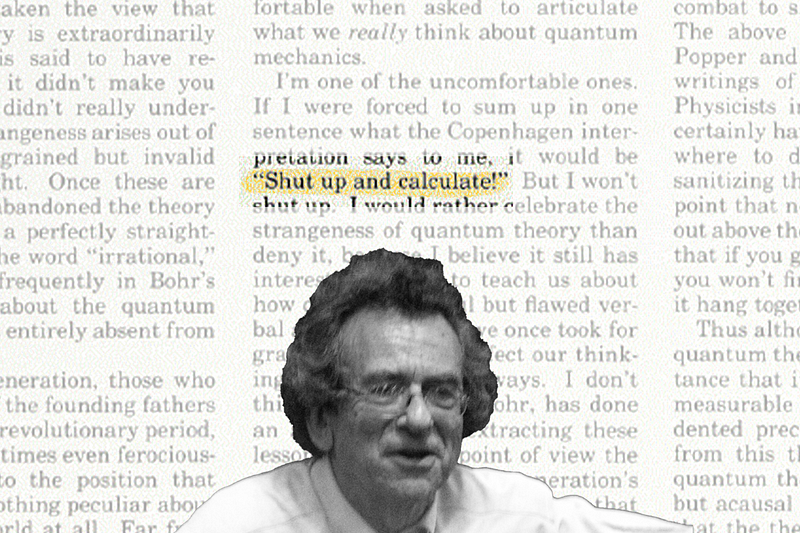Understanding Quantum Mechanics: The Pragmatic Approach Explained
Written on
Chapter 1: The Essence of Quantum Mechanics
What exactly does quantum mechanics entail? This fundamental question has captivated physicists and mathematicians alike for nearly a century since the emergence of its bewildering and counterintuitive phenomena, which often contradict our classical understanding.
These intriguing concepts, including superposition, entanglement, and wave-particle duality, have spawned numerous interpretations such as the Copenhagen interpretation, Many-Worlds interpretation, Bohmian interpretation, and Quantum Bayesianism. Each of these frameworks seeks to clarify the implications of quantum theory, the essence of reality, and the observer's role within it.
However, not all scientists are drawn to these philosophical inquiries. A number of them prefer a more pragmatic stance, encapsulated by the phrase “shut up and calculate.” This perspective, often referred to as the instrumentalist or operationalist approach, posits that quantum mechanics serves merely as a collection of mathematical rules and tools for precise predictions and manipulation of quantum systems, without delving into their deeper meanings or the nature of reality.
Let’s delve into the origins of this pragmatic viewpoint!
Section 1.1: Historical Context
The roots of the “shut up and calculate” mentality trace back to the early days of quantum theory. Visionaries like Niels Bohr, Werner Heisenberg, Erwin Schrödinger, and Paul Dirac were instrumental in formulating the theory's principles while grappling with significant conceptual challenges. These included paradoxes such as Schrödinger’s cat, the EPR paradox, measurement issues, and the wave function collapse, alongside tensions between quantum mechanics and relativity.
While some challenges were addressed through the introduction of concepts like the complementarity principle and the Born rule, others remained contentious, igniting debates among physicists. Albert Einstein, a prominent skeptic of quantum mechanics, famously declared that “God does not play dice with the universe,” arguing for a more realistic and deterministic framework for understanding the universe.
In the face of such debates, physicists like von Neumann, John Wheeler, and Richard Feynman championed a more practical approach to quantum mechanics. They contended that the theory, being consistent and successful, was capable of explaining and predicting all observed phenomena. They believed that pursuing deeper meanings was unnecessary, emphasizing instead the practical applications and technological innovations catalyzed by quantum mechanics, such as the atomic bomb, transistors, lasers, and quantum computers.
Subsection 1.1.1: David Mermin's Contribution
One of the key figures advocating this pragmatic approach was David Mermin, who popularized the phrase “shut up and calculate” in a 1989 article titled “What’s wrong with this pillow?”

In his article, Dr. Mermin articulates his dissatisfaction with the Copenhagen interpretation. Instead of dismissing the peculiarities of quantum theory, he argues for their exploration, believing they hold crucial insights into our cognitive limitations and understanding of reality.
Mermin suggests that even Niels Bohr did not fully extract the lessons embedded in quantum theory. He states, “I don’t think anybody, even Bohr, has done an adequate job of extracting these lessons.” He critiques the tendency to portray quantum mechanics as mundane and practical, claiming this mindset stifles the inquiry into significant questions regarding our cognitive limitations and our perception of the world.
Chapter 2: The Practical Implications of Quantum Theory
The first video titled Shut Up & Calculate (Quantum Metal song) - Sixty Symbols presents a creative take on the pragmatic attitude in quantum mechanics.
In the second video, Shut up and calculate or watch this video, viewers are invited to explore the implications of this philosophy further.
Thank you for engaging with this discussion. If you appreciated this article, feel free to hit that clap icon as many times as you like! To support my work, consider buying me a coffee. Stay tuned for more insights!